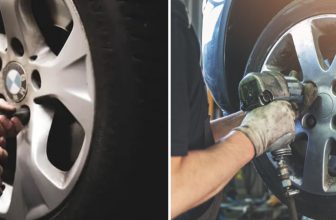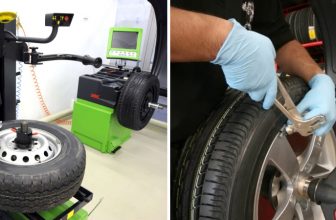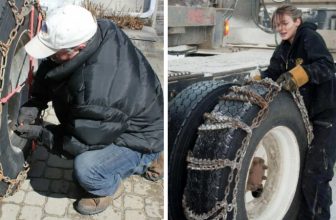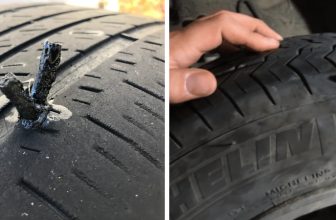How to Fix Tire Cupping
If you’ve been driving for any length of time, chances are you have experienced tire cupping. Tire cupping is the result of tires becoming unevenly worn, resulting in a choppy or textured ride often accompanied by an annoying vibration noise. While it’s not dangerous to continue to drive with cupped tires, such wear and tear can reduce both steering control and overall responsiveness. Fortunately, fixing this issue doesn’t require expert knowledge or expensive new tires- just a bit of time and effort! Keep reading to learn more about solving the problem of how to fix tire cupping so that you can get back on the road in a smooth style!

Can a Cupped Tire Be Corrected?
The answer is yes, but it depends on the severity of the cupping. If there isn’t too much damage, then you can correct the tire with a few simple steps. First, check the air pressure in your tires and make sure they are inflated to their proper level. This will help reduce some of the cuppings. Additionally, you can rotate your tires regularly to help them wear evenly. If the cupping is more severe, you may need to replace the tire or have it professionally repaired.
If you decide to replace the tire, make sure to invest in a quality product that will last and provide proper traction. You might also consider purchasing a special tire balancer to help with the replacement. This device will ensure that your new tire is balanced properly and won’t start to cup as quickly.
Finally, make sure you have a professional mechanic look at your vehicle’s suspension system. Cupping can occur when the struts, shocks, or springs are worn out, so it’s important to inspect these components for any irregularities. Replacing these components will help your tires wear more evenly and reduce cupping.
By following the above steps, you can correct tire cupping and ensure that your vehicle is safe to drive. Make sure to keep up with regular maintenance on your vehicle and to check the air pressure in your tires regularly for optimal performance.
6 Methods How to Fix Tire Cupping
1. Check Your Tire Pressure Regularly
One of the best ways to prevent tire cupping is to check your tire pressure regularly. Tire cupping can be caused by uneven tire pressure, so it’s important to make sure that your tires are inflated to the proper level. You should check your tire pressure at least once a month and more often if you’re frequently driving or in extreme weather conditions. If you cannot measure the pressure accurately, you can take your car to a mechanic for a check-up.
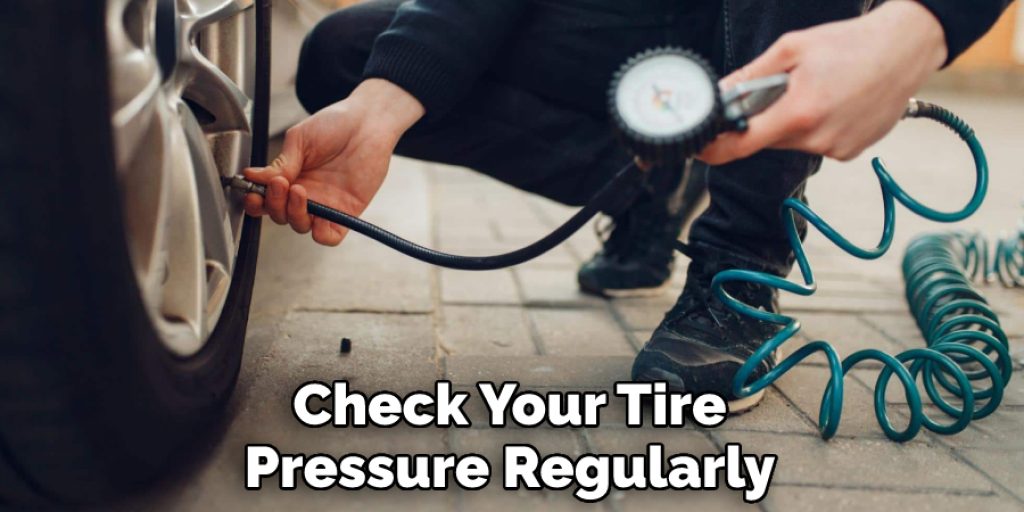
2. Rotate Your Tires
Another way to prevent tire cupping is to rotate your tires regularly. Tire rotation is the process of moving your tires from one position to another, and it helps to evenly distribute wear and tear. Most experts recommend that you rotate your tires every 5,000 miles or so. When rotating your tires, be sure to switch the front and rear tires as well as between the left and right sides of your vehicle. This will help ensure that all four tires wear evenly.
If you have directional tires, it is important to remember that the direction of the tread should always remain the same. This means that you should never flip the tire over when doing a rotation. Instead, move it to the opposite side of your vehicle and make sure that the tread points in the correct direction.
3. Get Your Wheels Aligned
If your wheels are out of alignment, it can cause tire cupping. Wheel alignment is the process of making sure that all four of your wheels are pointing in the same direction. You can usually tell if your wheels are out of alignment if your car is pulling to one side when you’re driving. If you think your wheels might be out of alignment, take your car to a mechanic or a tire shop, and they can fix it for you. Once your wheels are aligned, this should help prevent tire cupping. If your wheels are already aligned, then this step will not help you fix your tire cupping.
4. Avoid Hitting Curbs or Potholes
Hitting curbs or potholes can damage your tires and cause them to cup. If you live in an area with a lot of potholes or rough roads, try to avoid them as much as possible. If you can’t avoid them altogether, drive slowly and carefully over them, so you don’t damage your tires. Monitoring the condition of your tires regularly is also important to limit the damage. If you notice any irregularities, have a professional check them out right away. This will help you avoid more serious damage, like cupping.
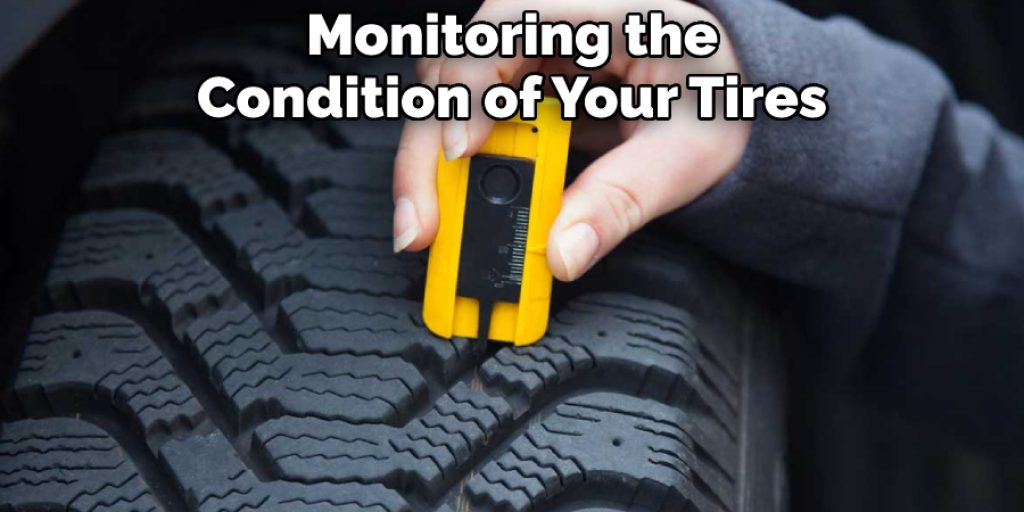
5. Don’t Overload Your Car
Overloading your car can also lead to tire cupping. When you overload your car, it puts extra strain on your tires and causes them to wear down unevenly. If you frequently carry heavy loads in your car, make sure to spread the weight evenly between all four tires. It’s also important to check your car’s load capacity and ensure you don’t exceed it.
If your tires are already cupping, reduce the load you’re carrying. This will help your tires to wear more evenly and minimize further damage. While it won’t fix existing cupping, it will prevent the issue from getting worse.
6. Get Your Tires Balanced
If your tires are unbalanced, it can cause them to cup. Tire balancing is the process of making sure that each tire weighs the same amount as the others. Most mechanics will balance your tires when you get them rotated, but you can also have them balanced separately if needed. Having your tires balanced regularly will help keep them in good condition and prevent cupping.
Fixing tire cupping can be a long process, but with the right steps, it is possible. Make sure to check your tire pressure regularly and rotate your tires every 5,000 miles. You should also have your wheels aligned and avoid hitting curbs or potholes. Additionally, don’t overload your car and have your tires balanced periodically to ensure that they wear evenly. Following these tips will help you reduce tire cupping and keep your car running smoothly for years to come.
You Can Check It Out to Get Paint Off Tires
Things to Consider When Fixing Tire Cupping
1. Tire Pressure:
Make sure your tires are inflated to the correct pressure specified in the vehicle’s owner’s manual. Over or under-inflation of tires can contribute to cupping, as the tire will not make contact with the road evenly.
2. Wheel Alignment:
Inspect your vehicle’s wheel alignment and correct it if necessary. Incorrect wheel alignment can cause irregular wear on your tires, resulting in cupping.

3. Tire Balancing:
Have a tire professional balance your wheels and tires regularly, typically after every 10,000 miles. Unbalanced wheels can cause a vibration when driving which could also lead to uneven tire wear or cupping.
4. Tire Rotation:
Rotate your tires according to manufacturer specifications for optimal performance and even wear on all four tires. Failing to rotate them may result in cupping on the rear tires.
By following these tips, you can help ensure that your tires remain properly inflated and balanced so they wear evenly over time, reducing the risk of tire cupping. Regular maintenance is key to keeping your vehicle running optimally and avoiding costly future repairs.
You Can Check It Out to Apply Tire Shine
Can Over-Inflated Tires Cause Cupping?
Yes, over-inflated tires can contribute to tire cupping. When a tire is excessively inflated, the portion of the tread that comes in contact with the road will be unevenly spread across its circumference. This means that certain parts of the tire’s tread area may experience more wear than others, resulting in a cup-like pattern on the tire’s surface.
For this reason, it’s important to ensure that tires are properly inflated according to manufacturer specifications in order to reduce the risk of cupping. Additionally, regularly checking tire pressure and having a professional inspecting your tires can help identify potential issues before they become more serious problems. The earlier any potential problem is identified, the easier it is to fix.
Another factor that can contribute to tire cupping is incorrect wheel alignment. When the wheels of a vehicle are misaligned, it can cause an uneven distribution of weight on the tires and create an imbalance in the tread pattern, leading to cupping. To prevent this from happening, be sure to have your car’s suspension system checked and aligned by a professional whenever necessary.
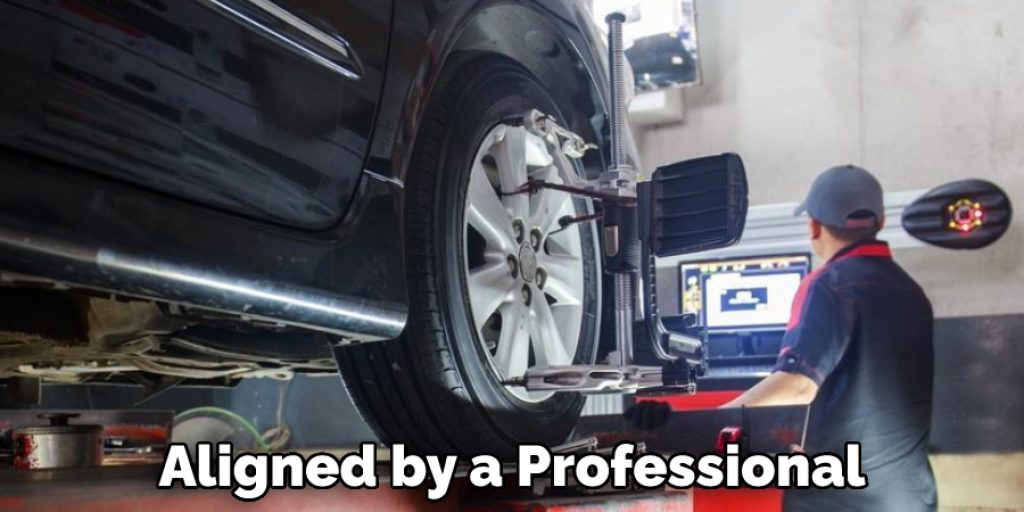
Conclusion
Tire cupping may seem like a daunting issue to face, but with the right knowledge and tools, it can be fixed relatively easily. Be sure to check your tires regularly for any damage and take action immediately if you notice any cupping. With a little preventative maintenance, you can avoid tire cupping altogether. Thanks for reading our blog post on how to fix tire cupping! We hope you found it helpful and informative.

